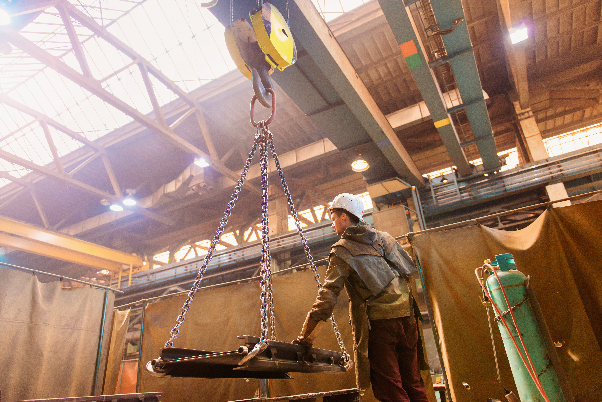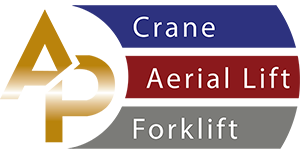Services
Aerial Lift TrainingForklift Operator Certification
Instructor Courses
Mobile Crane Operator Certification
Online Training
Crane Operator Training
Overhead Crane Training
Rigging and SignalPerson Training
All Purpose Crane Training offers crane operator training on-site or off-site. Providing National accredited crane operator certification meeting OSHA ANSI standards for crane operators to become certified.
1926.1401
1926.1402
1926.1403
1926.1404
1926.1405
1926.1406
1926.1407
1926.1408
1926.1409
1926.1410
1926.1411
1926.1412
1926.1413
1926.1414
1926.1415
1926.1416
1926.1417
1926.1418
1926.1419
1926.1420
1926.1421
1926.1422
1926.1423
1926.1424
1926.1425
1926.1426
1926.1427
1926.1428
1926.1429
1926.1430
1926.1431
1926.1432
1926.1433
1926.1434
1926.1435
1926.1436
1926.1437
1926.1438
1926.1439
1926.1440
1926.1441
1926.1442

The requirements of this section are supplemental to the other requirements in this subpart and apply when one or more employees are hoisted.
- (a) The use of equipment to hoist employees is prohibited except where the employer demonstrates that the erection, use, and dismantling of conventional means of reaching the work area, such as a personnel hoist, ladder, stairway, aerial lift, elevating work platform, or scaffold, would be more hazardous, or is not possible because of the project's structural design or worksite conditions. This paragraph does not apply to work covered by subpart R (Steel Erection) of this part.
- (b) Use of personnel platform.
- (1) When using equipment to hoist employees, the employees must be in a personnel platform that meets the requirements of paragraph (e) of this section.
- (2) Exceptions: A personnel platform is not required for hoisting employees:
- (i) Into and out of drill shafts that are up to and including 8 feet in diameter (see paragraph (o) of this section for requirements for hoisting these employees).
- (ii) In pile driving operations (see paragraph (p) of this section for requirements for hoisting these employees).
- (iii) Solely for transfer to or from a marine worksite in a marine-hoisted personnel transfer device (see paragraph (r) of this section for requirements for hoisting these employees). (iv) In storage-tank (steel or concrete), shaft and chimney operations (see paragraph (s) of this section for requirements for hoisting these employees).
- (c) Equipment set-up.
- (1) The equipment must be uniformly level, within one percent of level grade, and located on footing that a qualified person has determined to be sufficiently firm and stable.
- (2) Equipment with outriggers or stabilizers must have them all extended and locked. The amount of extension must be the same for all outriggers and stabilizers and in accordance with manufacturer procedures and load charts.
- (d) Equipment criteria.
- (1) Capacity: Use of suspended personnel platforms. The total load (with the platform loaded, including the hook, load line and rigging) must not exceed 50 percent of the rated capacity for the radius and configuration of the equipment, except during proof testing.
- (2) Capacity: Use of boom-attached personnel platforms. The total weight of the loaded personnel platform must not exceed 50 percent of the rated capacity for the radius and configuration of the equipment (except during proof testing).
- (3) Capacity: Hoisting personnel without a personnel platform. When hoisting personnel without a personnel platform pursuant to paragraph (b)(2) of this section, the total load (including the hook, load line, rigging and any other equipment that imposes a load) must not exceed 50 percent of the rated capacity for the radius and configuration of the equipment, except during proof testing.
- (4) When the occupied personnel platform is in a stationary working position, the load and boom hoist brakes,
